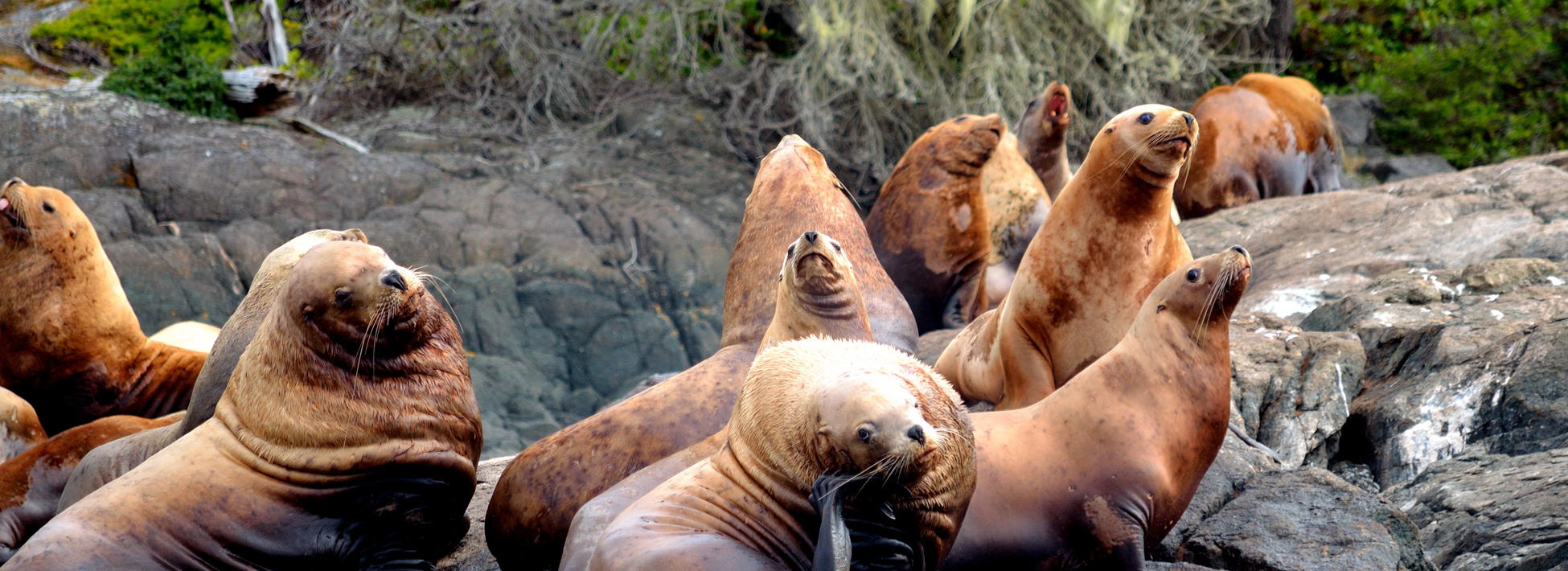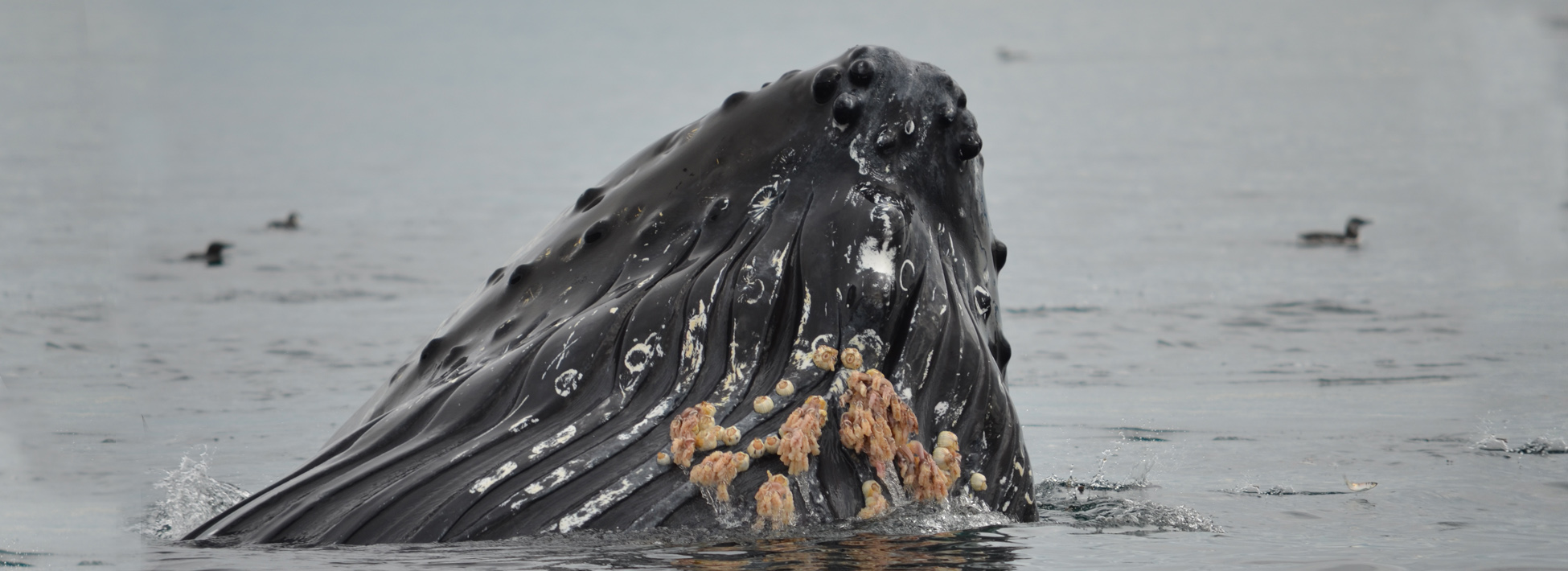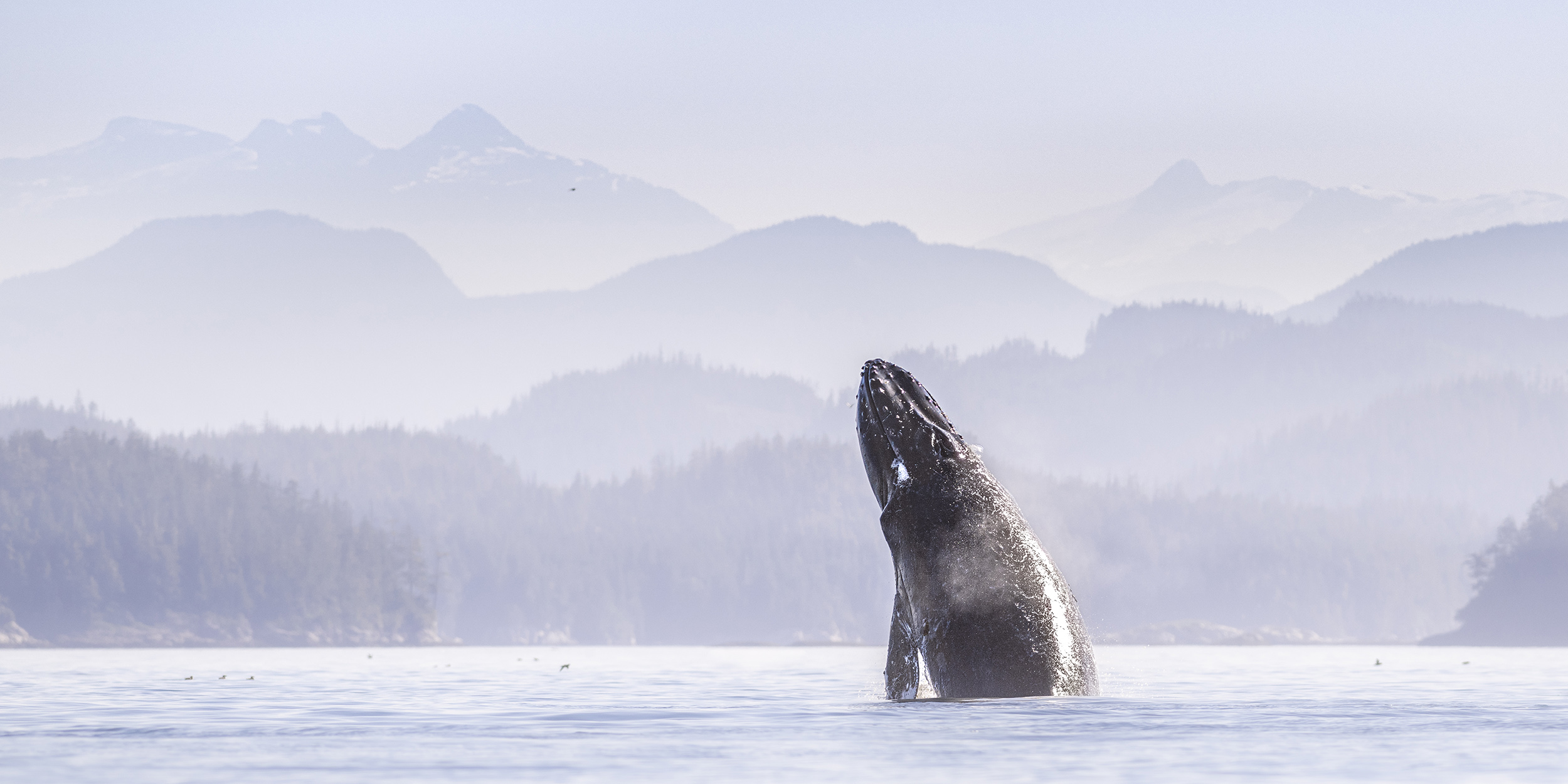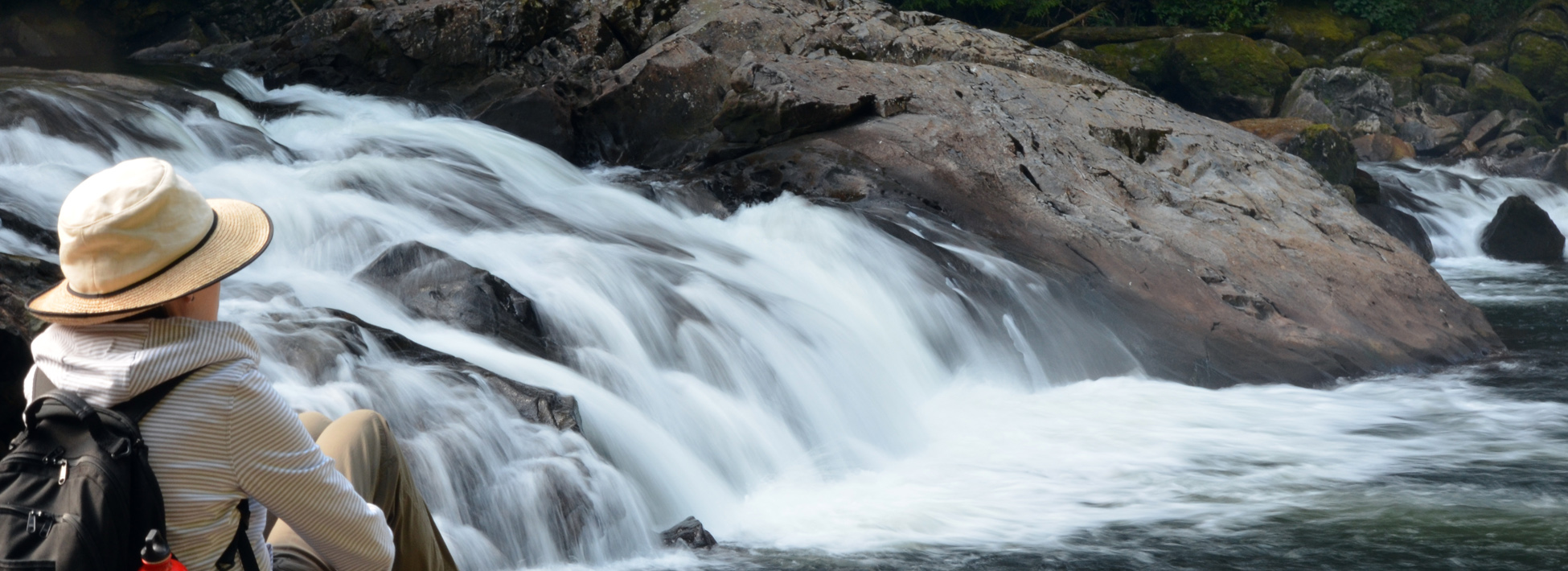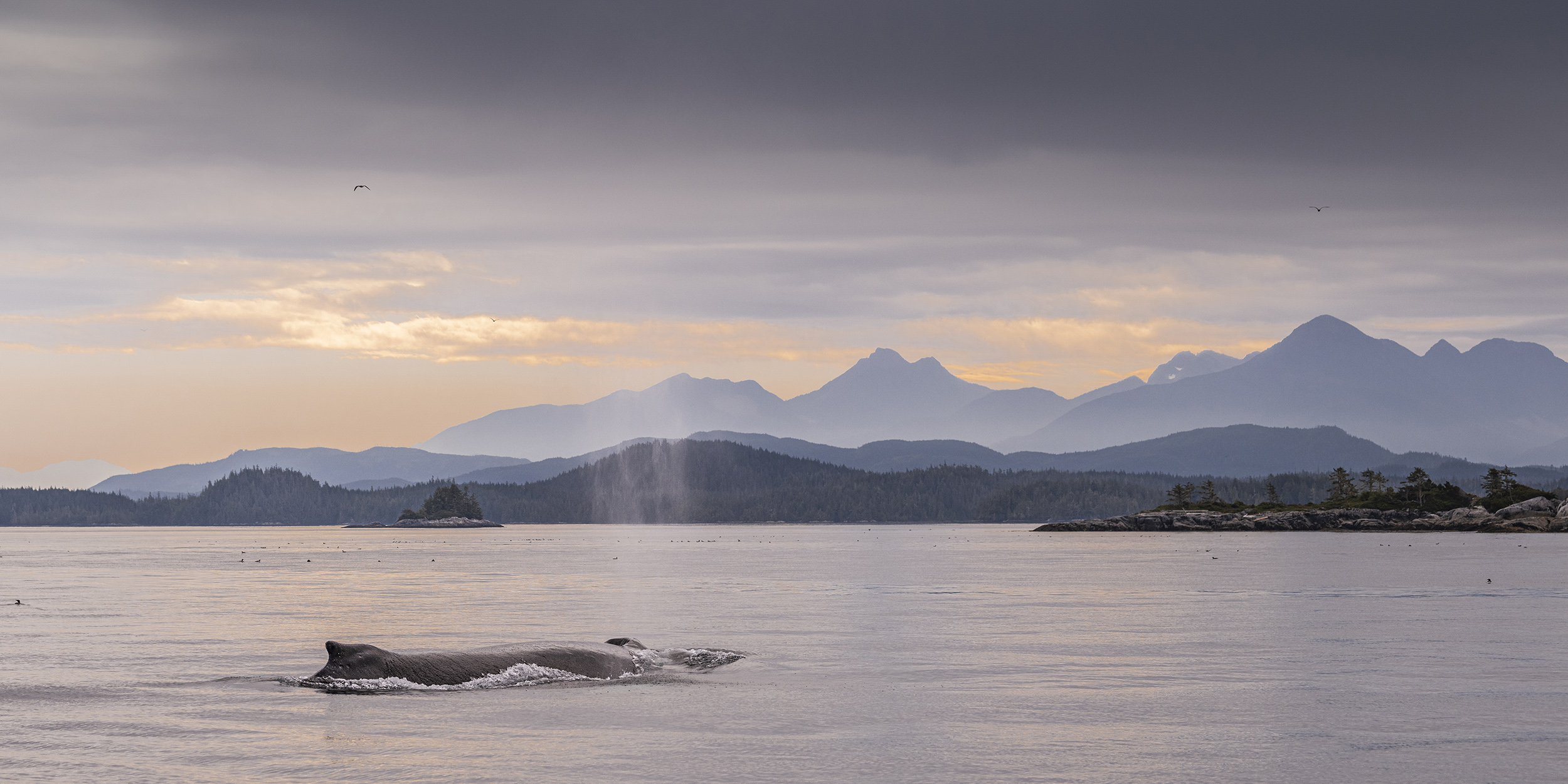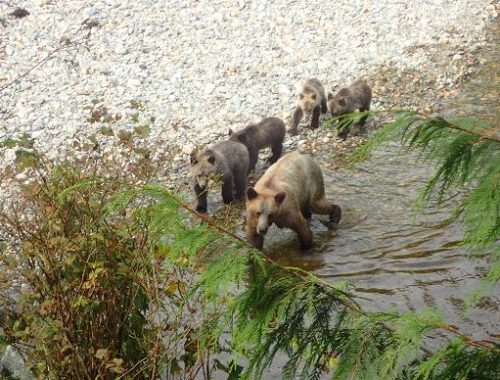 Yes there are four first year cubs and this is one of two sets we have seen in our viewing area this year. Twins and triplets are common but four is still rare. After mating, the female may be pregnant, but that does not mean she will give birth to cubs. Bears have developed a process called delayed implantation. The fertilized egg develops into a small embryo called a blastocyst. This is where the interesting stuff begins. After this brief period of development, of the fertilized egg suddenly stops growing and simply floats freely in the uterus for several months. If a sow is in peak condition when she heads into her winter den, the embryo implants in the uterus and begin to develop. She’ll wake up during January or February to give birth. Healthy bears tend to have multiple births so this indicated we have a very healthy population of grizzlies.
Yes there are four first year cubs and this is one of two sets we have seen in our viewing area this year. Twins and triplets are common but four is still rare. After mating, the female may be pregnant, but that does not mean she will give birth to cubs. Bears have developed a process called delayed implantation. The fertilized egg develops into a small embryo called a blastocyst. This is where the interesting stuff begins. After this brief period of development, of the fertilized egg suddenly stops growing and simply floats freely in the uterus for several months. If a sow is in peak condition when she heads into her winter den, the embryo implants in the uterus and begin to develop. She’ll wake up during January or February to give birth. Healthy bears tend to have multiple births so this indicated we have a very healthy population of grizzlies.
Bald Eagles

Bald Eagles are frequently sighted in our area. At times they can be seen in large numbers. This is usually where food supplies are high. For example this could be in areas with high concentrations of baitfish or along the rivers in the fall when the salmon are spawning. They are not migratory, but do move around with the food supply. As mentioned earlier when the salmon are spawning we often see many along the rivers, while there will be fewer along the coastline. With little need for camouflage their white head and tail feathers can be spotted easily. The female is slightly larger and her white head extends down a bit farther onto the body, but it is subtle. It takes these birds 4.5 – 5 years to acquire this unique plumage. As juveniles they are a brown colour. With exceptional eyesight and the ability to view 270 degrees they are understandably often seen in high perches and in trees near points and passageways.
Visit our Blog